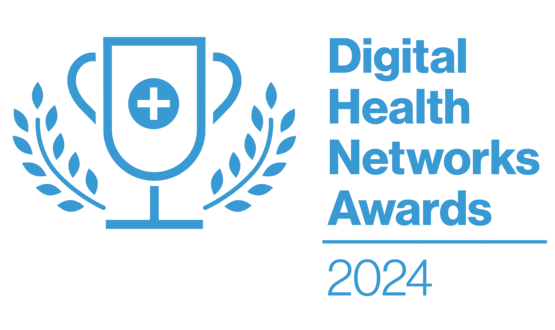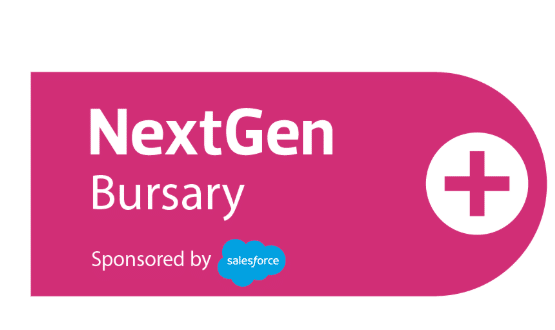Enter the CCG
- 16 September 2013

Like most clinical commissioning groups in the country, my CCG is facing huge financial challenges and needs to save money wherever it can. The most important areas will be expenditure on drugs and referrals.
We’ve already got pharmaceuticals covered – ScriptSwitch has been deployed across the whole CCG for some time.
Changing the script
This program runs in the background on practice workstations, waiting for clinicians to issue a prescription. Then it checks whether the drug suggested is a sensibly cheap version, and if not, offers alternatives.
Exactly which swaps are proposed is a matter for the CCG’s pharmaceutical department, and ScriptSwitch automatically disseminates its choices across the whole patch.
Crucially, each clinician has the absolute right to ignore the proposed alternatives (and in some cases the needs of the individual patient mean that this will be the right decision).
The great advantage is that the clinician doesn’t have to try to remember that the capsule version of drug XYZ is much cheaper than the tablets: ScriptSwitch lurks in the background, only popping up when it’s needed.
And that’s important, because clinicians have to remember an awful lot more than the cost of an individual preparation. It’s a really useful way to use IT, with the program waiting tirelessly for the appropriate moment before intervening.
ScriptSwitch brings a second advantage which is less obvious but vitally important in the long-term: the more that the clinician is reminded that drug A is cheaper than drug B, the more he or she will preferentially start by prescribing drug A.
Consequently, the ScriptSwitch reminder will no longer be activated because the clinician has now been successfully prompted to prescribe more cost-effectively.
Finding a map through medicine
Can we do the same thing over referrals? This isn’t so easy. Unfortunately, no matter how assiduous we may be over redesigning services to make cheaper alternatives available, in the hurly-burly of practice life it is easy to forget the new arrangements and default to the old, familiar ones.
This is particularly the case with the less common conditions. For clinicians it’s bad enough trying to stuff everything into a ten-minute appointment (take the history, examine the patient, counsel her, make the referral and dictate the letter) without also having to try to remember some new arrangements the CCG put in place four and a half months ago.
So we’ve got to do it slightly differently. There are a number of alternatives. Map of Medicine is one: this links in with the primary care computer system. At the touch of a button, it can show the specific patient pathway and advise on the next possible steps, using national guidelines plus local guidelines from other healthcare communities.
Although helpful, that’s not enough for us – we want to be able to direct clinicians to locally-chosen destinations. For that we’re going to have to pay Map of Medicine to create a number of pathways on our behalf or teach our CCG people how to write pathways themselves.
My preference – very strongly – is to teach our staff, for two reasons: we aren’t going to be limited to a fixed number of local pathways; and we can instantly insert minor alterations into existing pathways whenever referral information changes (such as contact details).
There are two aspects to the Map that I want to utilise: the ability to suggest alternative referral destinations; and the ability to suggest to clinicians that they don’t necessarily need to refer at this particular point in the patient journey.
So we get a double whammy – a good one, for a change! We avoid some referrals; and arrange more cost-effective ones when a referral really is necessary.
Protocol driven care
However, I suspect that customising Map of Medicine may take some time, never mind teaching hard-pressed clinicians how to use it – or to think about using it. So we need a mechanism that is ‘quick and dirty’ — and I think I’ve found just the thing.
Our CCG is a near-monopoly for TPP SystmOne. This primary care system contains what it refers to as ‘protocols’. In their most refined state these can be complex, elegant, self-written mini-programs which perform all sorts of sophisticated functions.
But I want to use protocols in the simplest way possible: to trap those occasions when clinicians type in certain words (such as ‘cardiology referral’) and then pop up a simple message reminding them of the currently most cost-effective local pathway.
At a stroke this does two things: saves money, and constantly reminds the clinician of the new pathway. Again, very importantly, we are using the computer in the environment in which it works best – tirelessly, monitoring everything, waiting for the moment to act.
We clinicians have to do the day job, and even the most dedicated and energised of us can find it difficult to remember more than four or five referral redesigns at a time — or at least, not until they’ve become second nature.
I’ve also developed a further, even more basic, plan: to have a single protocol listing all the ‘best buy’ referrals, selectable directly from the clinical tree or ‘menu’.
This will allow anyone to look up the complete list of redesigned pathways at any time — before they even begin the referral process, and independently of any notes that they may (or may not) be making on the computer.
Publishing the protocols
SystmOne has another neat technique that I intend to utilise: protocols can be created centrally, then published simultaneously to all practices in the CCG’s area.
So our hard-pressed clinicians won’t have to learn or do a thing – these protocols will all be set in place for them, automatically.
The first protocols we publish will relate to those areas where the CCG can save most money most quickly.
This doesn’t mean individual referrals with the biggest individual discount: the first candidates will be where savings x volume is the greatest. I plan also to target clinical subjects with historically high referral rates.
And finally, we will of course be developing equivalent techniques for our non-SystmOne practices.


Dr John Lockley
Dr John Lockley is clinical lead for informatics at Bedfordshire Clinical Commissioning Group and a part-time GP.




